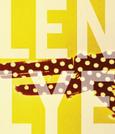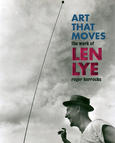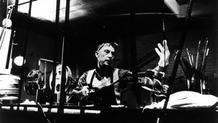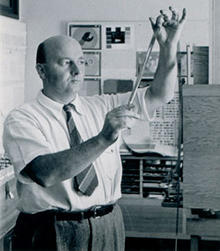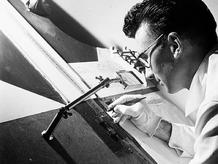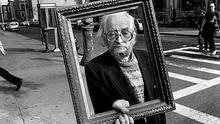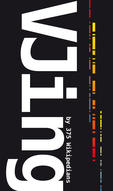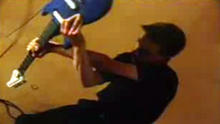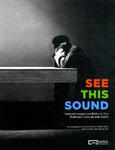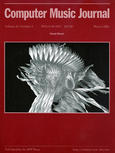Len Lye: A biography
(2001)by Roger Horrock tells for the first time the story of an extraordinary New Zealander, a brilliant artist with an international career.
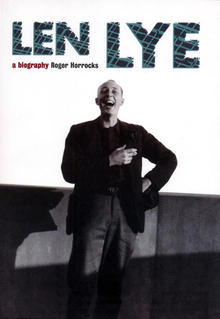
This book tells for the first time the story of an extraordinary New Zealander, a brilliant artist with an international career who never lost the informality, the energy, the independence of spirit of his South Pacific origins.
Len Lye began as an unsettled working-class kid with limited prospects and became a leading modernist artist in London and New York. Roger Horrocks's exhaustive study of Len Lye has taken many years and is based on interviews with many of those close to the artist as well as on voluminous documentary sources. In recounting a fascinating life he conveys at every turn Len Lye's vitality, charm, originality and enormous talent. The book explores Len Lye's activity in film, sculpture, painting, music and writing and his engagement with the leading movements of twentieth-century art. It will unquestionably place Len Lye alongside Mansfield and Hodgkins as a great New Zealand expatriate artist. Generous illustrations give striking examples of Len Lye's art and a vivid sense of the man and his world.
Roger Horrocks is the Head of the Department of Film, Television and Media Studies at the University of Auckland and was Lye's assistant late in his life. He has been very actively involved in New Zealand's growing film and television industries, serving on NZ on Air and other funding agencies.
Source: Govett-Brewster Art Gallery
ISBN-10: 1869402472
ISBN-13: 978-1869402471
